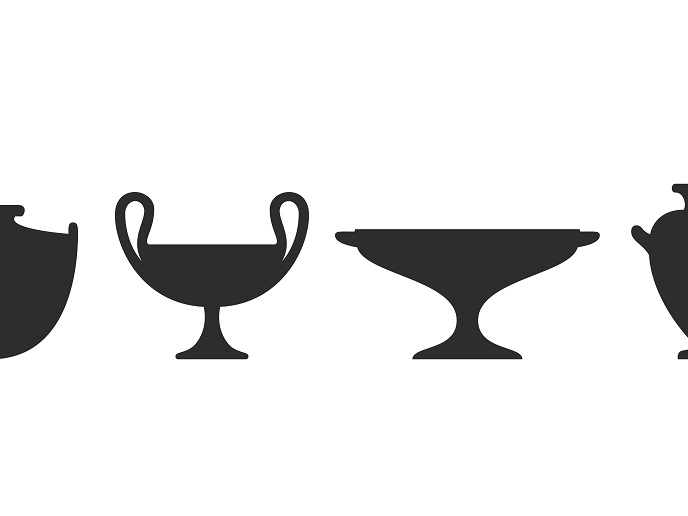The infinite storytelling qualities of ancient stone artefacts
Centuries after their production, Greco-Roman stone artefacts remain a substantial source of information about antiquity. With the support of the Marie Skłodowska-Curie Actions programme, the TECHNET project shed light on a group of white marble and polychrome stone vases, both whole and in fragments, of the Greek (500-400 BC), Hellenistic (300-200 BC) and Roman (100 BC-AD 100) periods. TECHNET collected, surveyed and recorded visually these materials for the first time and processed the data acquired by creating a digital database and image acquisition platform. The data on these objects were elaborated with digital methods and analysed from a wide range of comparative perspectives and disciplines, from ethno-anthropology to history and philology.
Lapidary art as evidence of economic, social and cultural history
Stone vases in the Greco-Roman period involved important technological innovations, principally the lapidary lathe and the tubular drill. The application and adaptation of this new technology to stone carving resulted in the accentuated plasticity and greater variety of the vase shapes as well as precision in the execution of the work. “Such results strongly point to the lathe having a full rotary motion, which could have been achieved by using water as the main power by the Roman period,” explains project coordinator Simona Perna. The skeuomorphism – the reproduction of the same shape in diverse materials – of the vases is consistent with the interdependence of crafts and tools, shared production strategies and knowledge networks. Artisans across different crafts appear to have exchanged techniques, tools and, possibly, workspaces to produce artefacts in multiple materials. “This confirms that human mobility and cultural interaction in the past further aided the introduction of technology,” notes Perna. The vases were an almost exclusive, deeply semiotic form of material culture for special uses, such as the expression of gender identity, particularly by women, and of social status because of the magical and aesthetic qualities connected to their precious lithic materials and their shape and design.
Expanding the spectrum of ancient technology research
TECHNET managed to identify a more secure chronology of the vase production and provided a complete repertoire of 28 different shapes. It hugely increased the total number of known examples to some 400 units, produced graphic and visual evidence of unknown pieces, corrected existing records and added more information on their metrology and physical characteristics as well as on their contexts of use. Once digitisation is completed, the TECHNET website will represent the free Open Access interface of the project database, which will function as a repository and a reference catalogue for institutions, scholars, researchers and the general public in the form of downloadable object entries. The research led to more main areas that can be further exploited as independent future research avenues. “The informative potential of stone artefacts on ancient technology and crafts can have an enormous social impact by creating a link between researchers, the wider public and modern communities of craftspeople, who can share their knowledge and skills as part of cultural and cognitive experiences in modern as in ancient stone working,” points out Perna. “Such an appeal would help traditional crafts like stone working to survive in the modern world and to endure while projecting their significance into the future.”
Keywords
TECHNET, stone vases, stone working, ancient technology, lapidary art, Greco-Roman period







